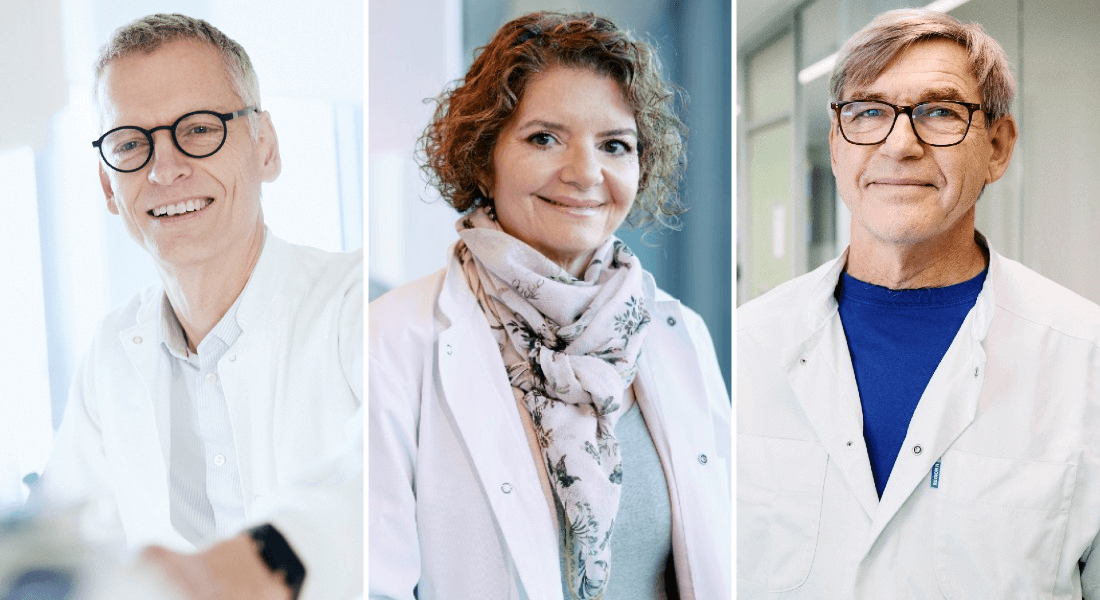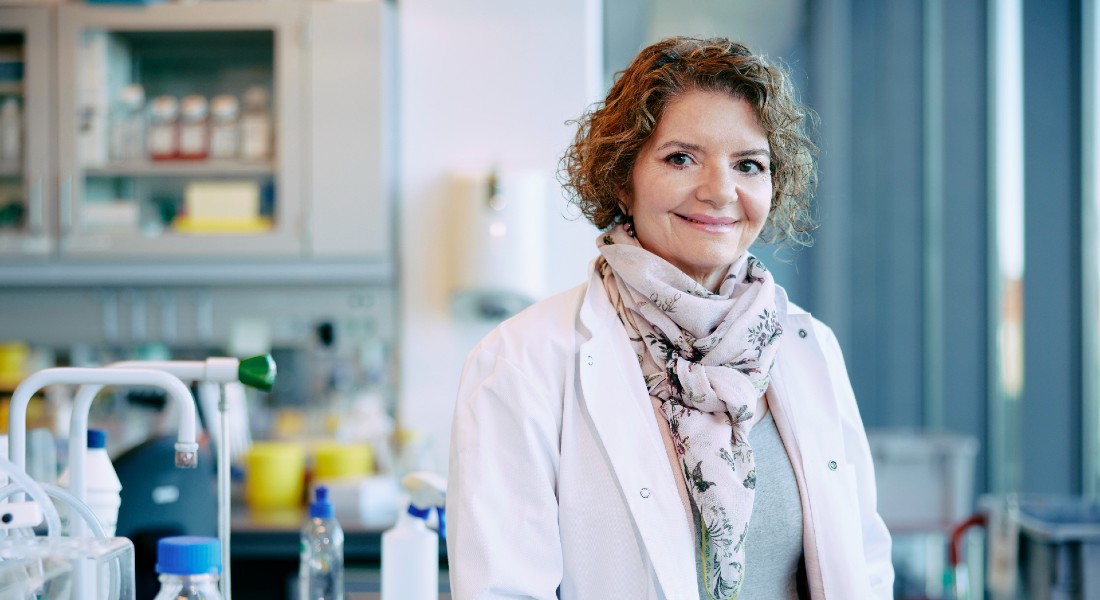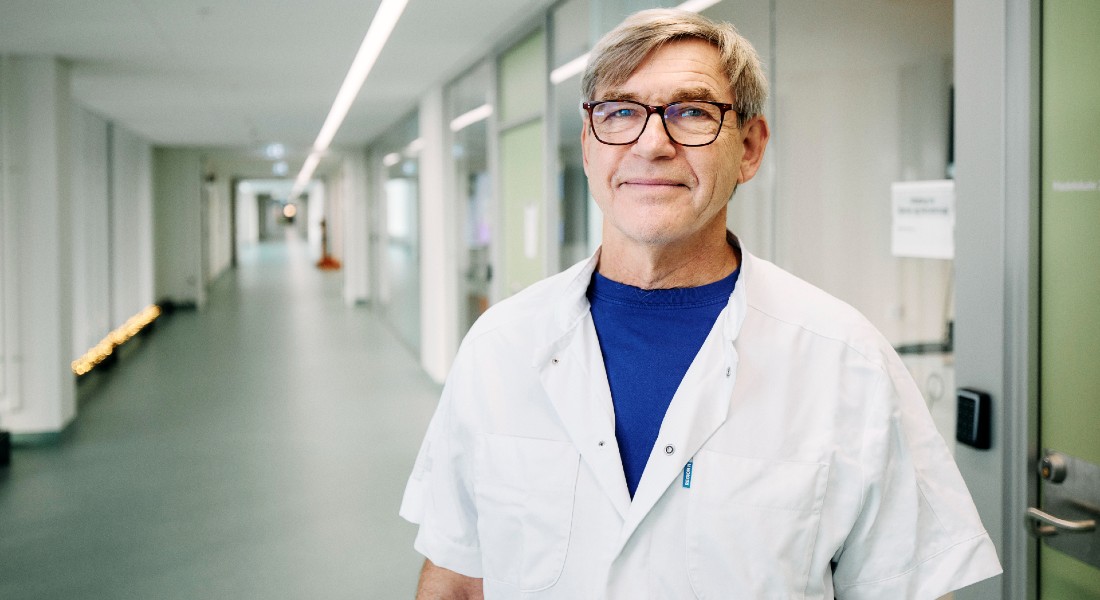Three grants to brain researchers with 'ground-breaking potential'
Three brain researchers from the University of Copenhagen each receive a new grant in the "LF Professorship-programme" from the Lundbeck Foundation. According to the foundation, the projects represent research with 'ground-breaking potential'.

Freedom and time are two of the most important ingredients of a successful research environment. The freedom to define a hypothesis and to design the project you want to work on – and time to unearth new knowledge.
However, for researchers to have the necessary time and freedom, they must have funding – this is a third key ingredient. And if the research projects are large, lasting six years or more, lots of money is needed.
Every second year, the Lundbeck Foundation awards a number of grants under the LF Professorships programme for this exact type of neuroscience project.
Applicants for an LF Professorship need to be conducting research at professorship level at a non-commercial Danish research institution – in practice, a hospital or university – and they can apply for up to DKK 40 million, to be paid out over a period of six years.
Neuroscience – brain research – is the Lundbeck Foundation's special focus area, and Scientific Programme Director for the Lundbeck Foundation’s strategic programmes, Lars Torup, explains that LF Professorships play an important role:
‘The Lundbeck Foundation's ambition is to make Denmark one of the world’s leading neuroscience nations. One element of our strategy is to work towards this goal by supporting some of the extremely strong profiles within Danish neuroscience with one of these major grants. This gives talented researchers at professorship level the chance to conduct research with ground-breaking potential. It also enables them to develop an inspiring research environment. However, one of the key elements of the LF Professorships is the recipients’ commitment to training the next generation of researchers by involving younger colleagues in their projects.’

Ulrik Gether, professor and head of Department of Neuroscience: DKK 40 mio.
Professor Gether conducts research on neurotransmitters and receptors in the brain. Among other things, he is studying the impact these mechanisms have on disease, and how they may be influenced by drugs. In his project, Professor Gether will use highly sophisticated molecular investigative techniques to gain new insights into the basic role of dopamine – one of the brain’s neurotransmitters, also known as a reward chemical – in behaviour and brain disease.

Shohreh Issazadeh-Navikas, BRIC: DKK 28 mio.
Professor Issazadeh-Navikas’ research focuses among other things on mitochondrial DNA damage, i.e. damage to the genetic material in the “energy factories” of our cells. The hypothesis she seeks to study in her research project relates specifically to this type of damage. Professor Issazadeh-Navikas will investigate whether this damage can spread from cell to cell within the brain and result in pronounced cell death.

Tiit Mathiesen, Department of Clinical Medicine: DKK 15 mio.
Professor Mathiesen specialises in the treatment of meningioma, the most common form of brain tumour. These occur in the meninges – the tissue surrounding the brain – and are usually benign. Meningiomas can also appear around the spinal cord. Once the tumour has been surgically removed, a new, benign tumour will often appear 10–12 years later, accompanied by a range of problems such as epileptic seizures and psychiatric symptoms. With his project, Professor Mathiesen will seek novel insights into the genetics underlying meningiomas and whether there are any correlations between inflammatory conditions and psychiatric symptoms.
